ARTICLE AD BOX
Last Updated:August 14, 2025, 17:07 IST
For many years after independence, prices moved slowly. The real surge began in the post-1990s liberalisation era, when inflation took off
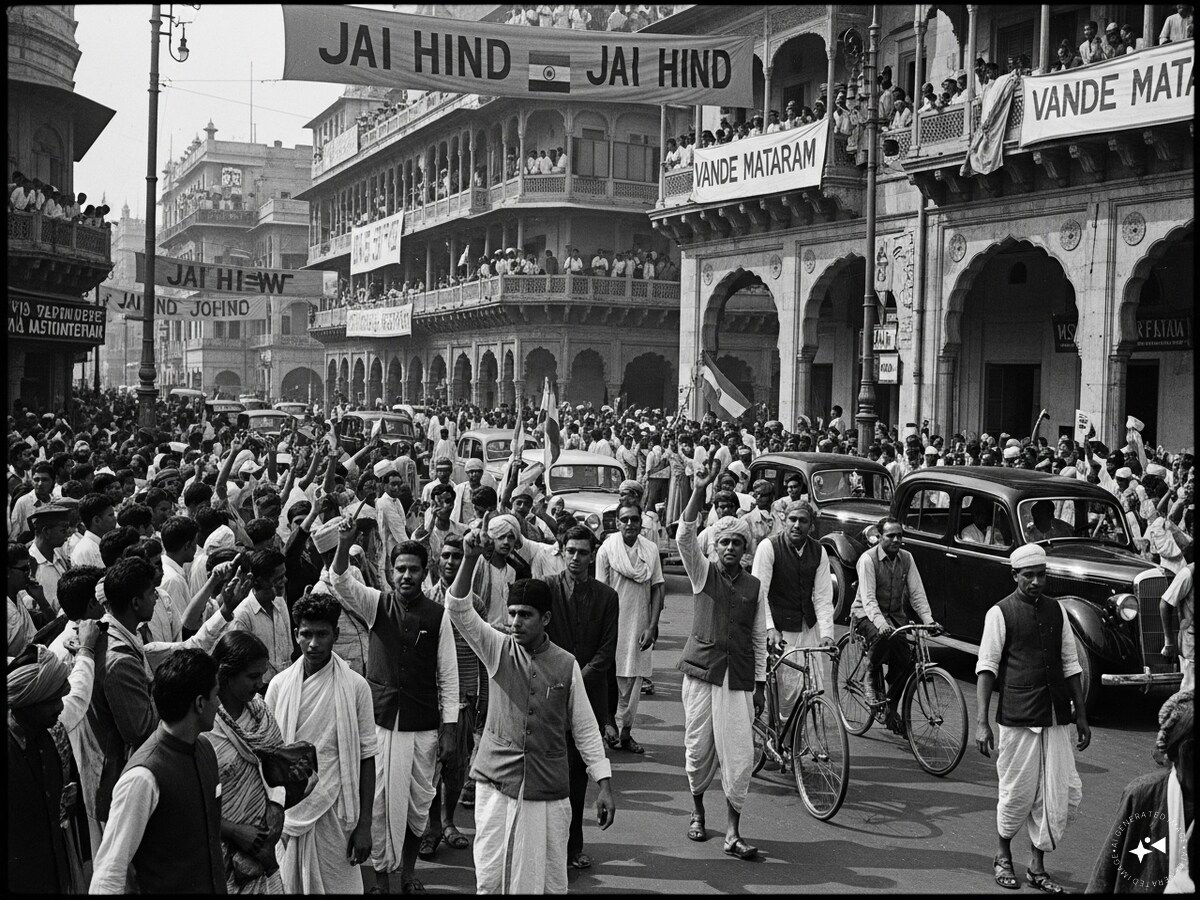
When India woke up to freedom on August 15, 1947, everyday prices painted a picture unimaginable today. (News18 Hindi)
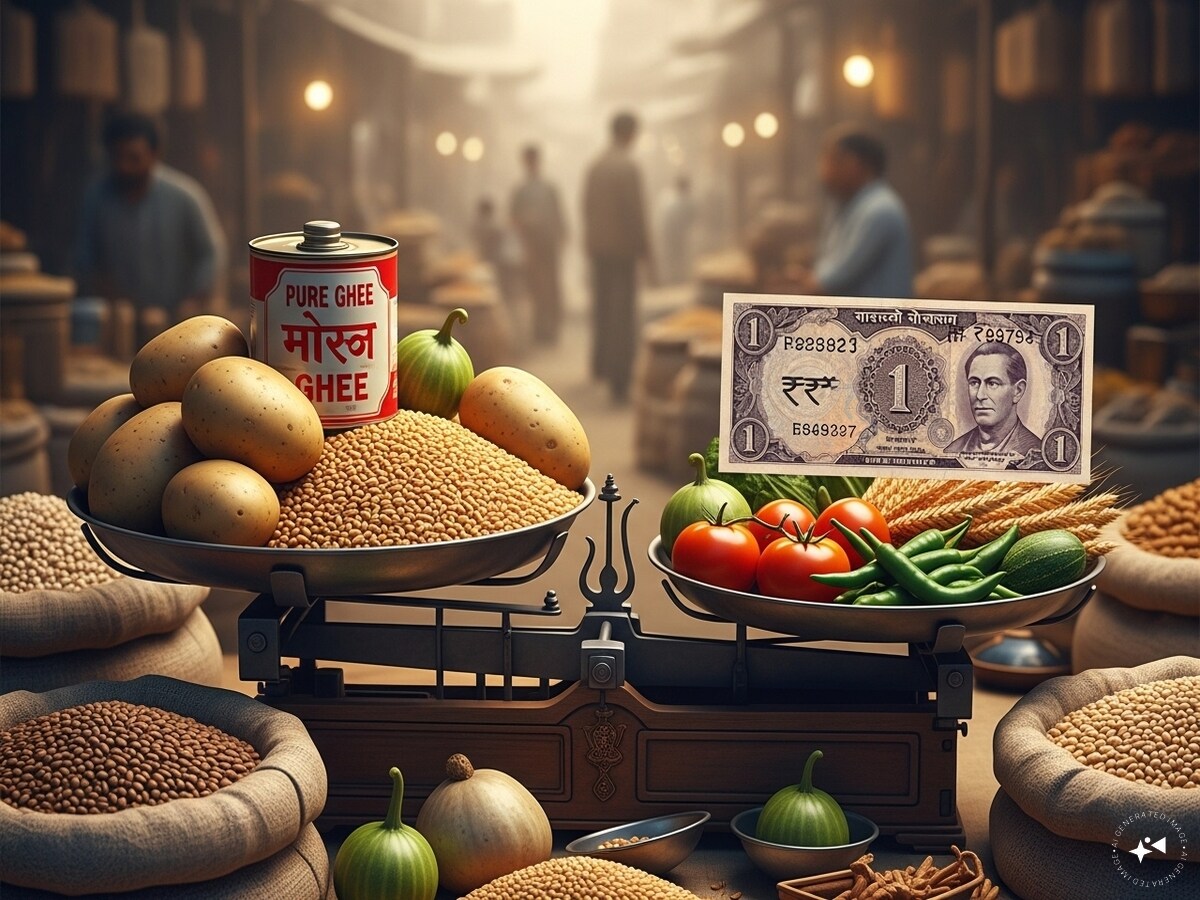
Pure ghee was just Rs 2.5 per kilo, milk sold for 12 paise a litre, and a week's household ration could be managed for just one rupee. But incomes were equally modest, and ownership of many goods was a matter of pride, not routine. (News18 Hindi)
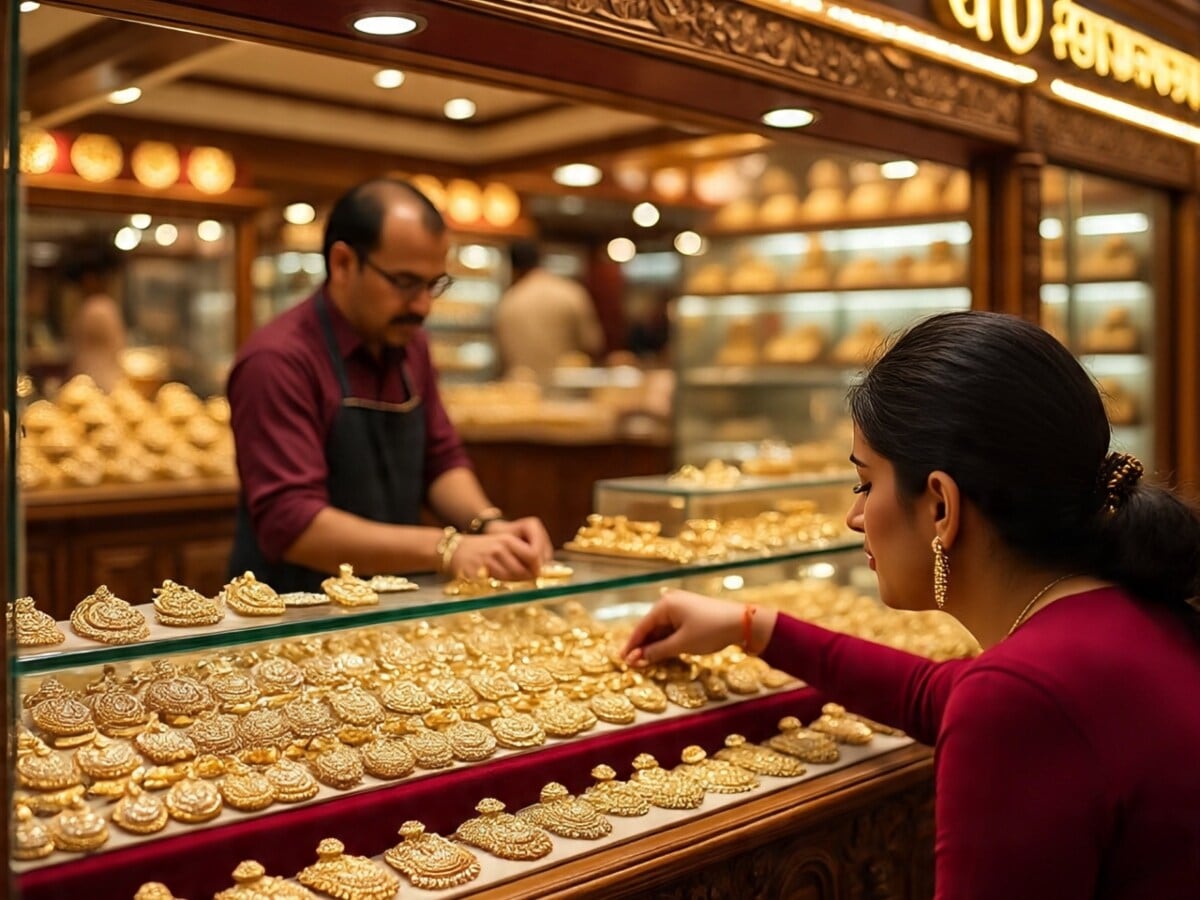
Gold, now priced close to Rs 99,000 per 10g, stood at a humble Rs 88 in 1947. (News18 Hindi)

Petrol, which today hovers between Rs 95 and Rs 100 per litre, cost only 27 paise. (News18 Hindi)
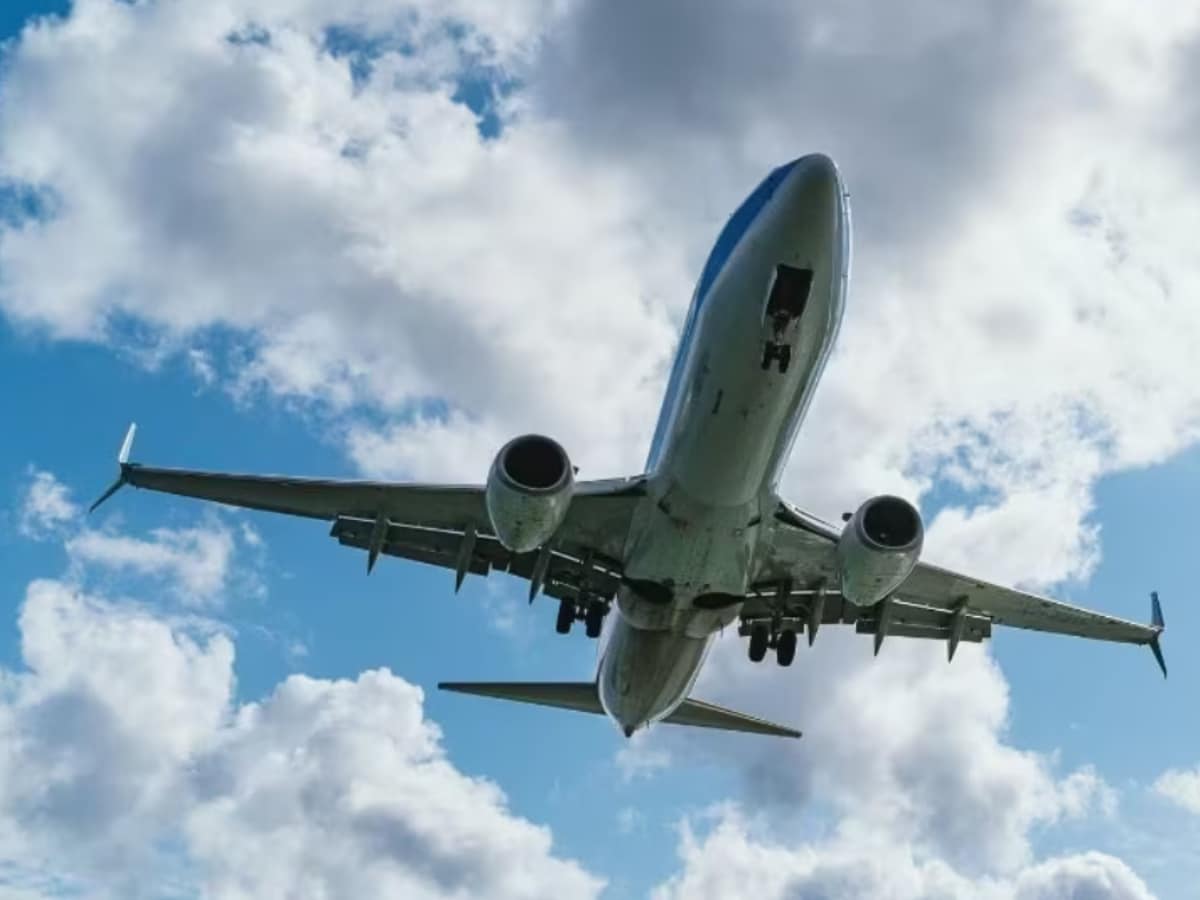
Even air travel, though still a luxury, was more affordable in relative terms; a Delhi–Mumbai ticket cost Rs 140. (News18 Hindi)
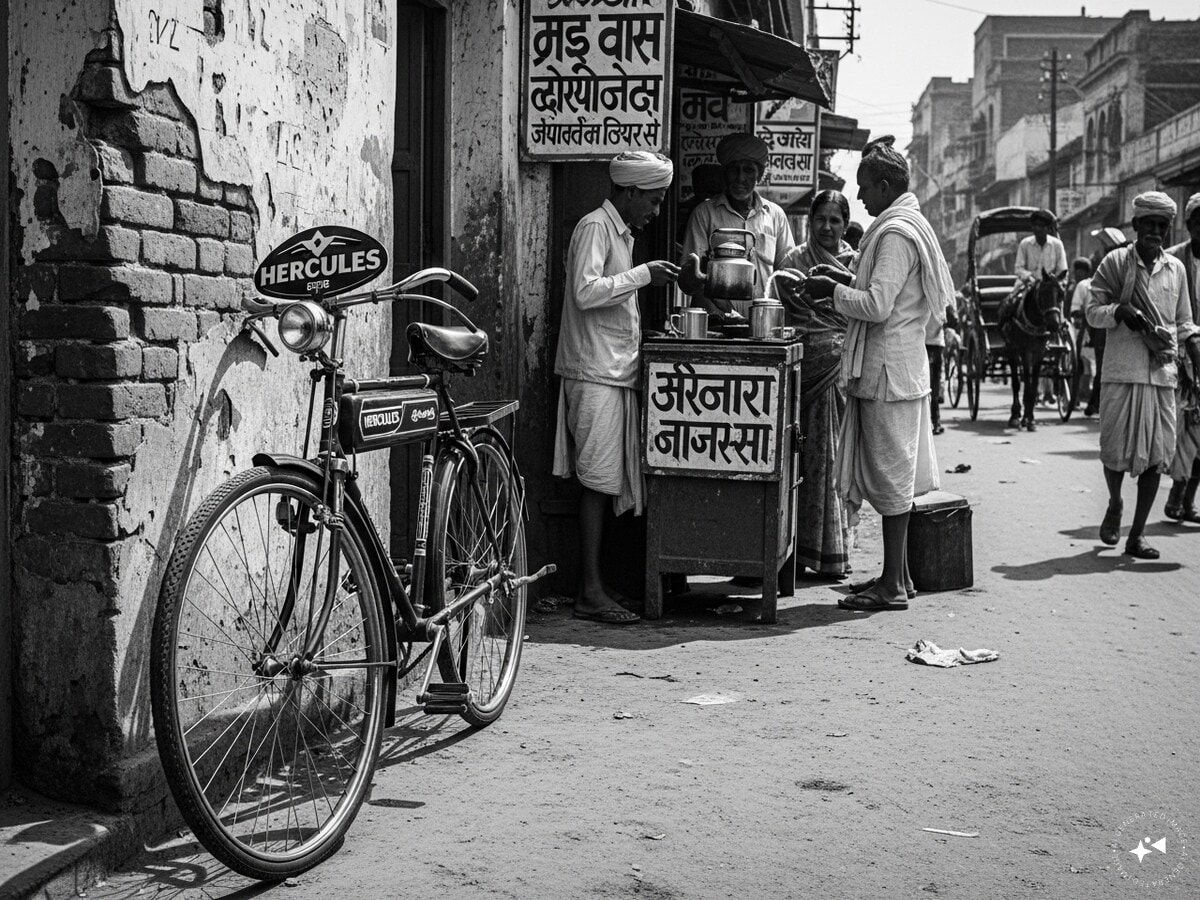
Cycles were a major status symbol. A sturdy roadster from brands like Hercules or Raleigh cost Rs 90 to Rs 110. Scooters and cars were rare; in fact, only royals, industrialists, and the wealthy could afford one. (News18 Hindi)

A Ford Buick 51 was priced at around Rs 13,000, while the Ford A model Phaeton in 1930 had sold for Rs 3,000. (News18 Hindi)
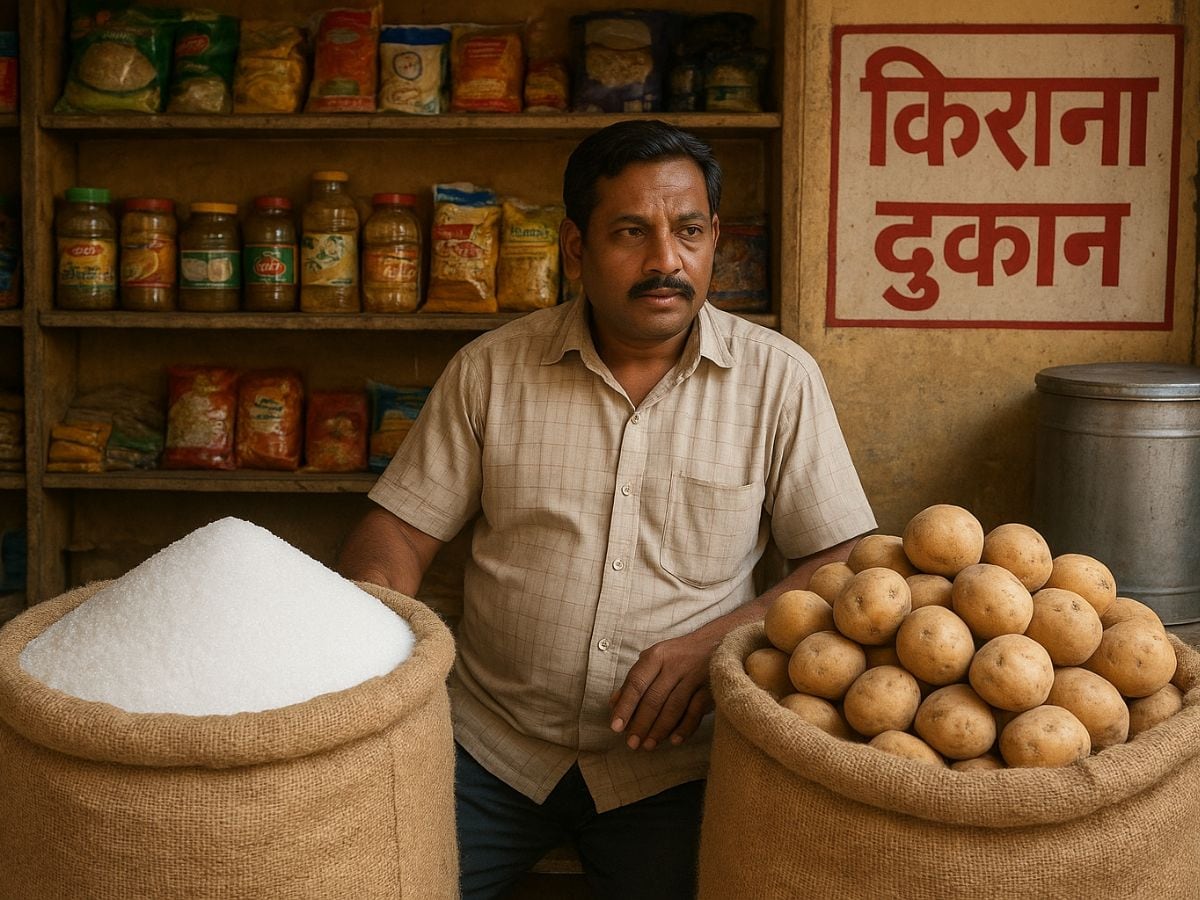
At the market, the price list was equally astonishing. Sugar sold at 40 paise per kilo, potatoes at 25 paise, and in villages, even cheaper. (News18 Hindi)
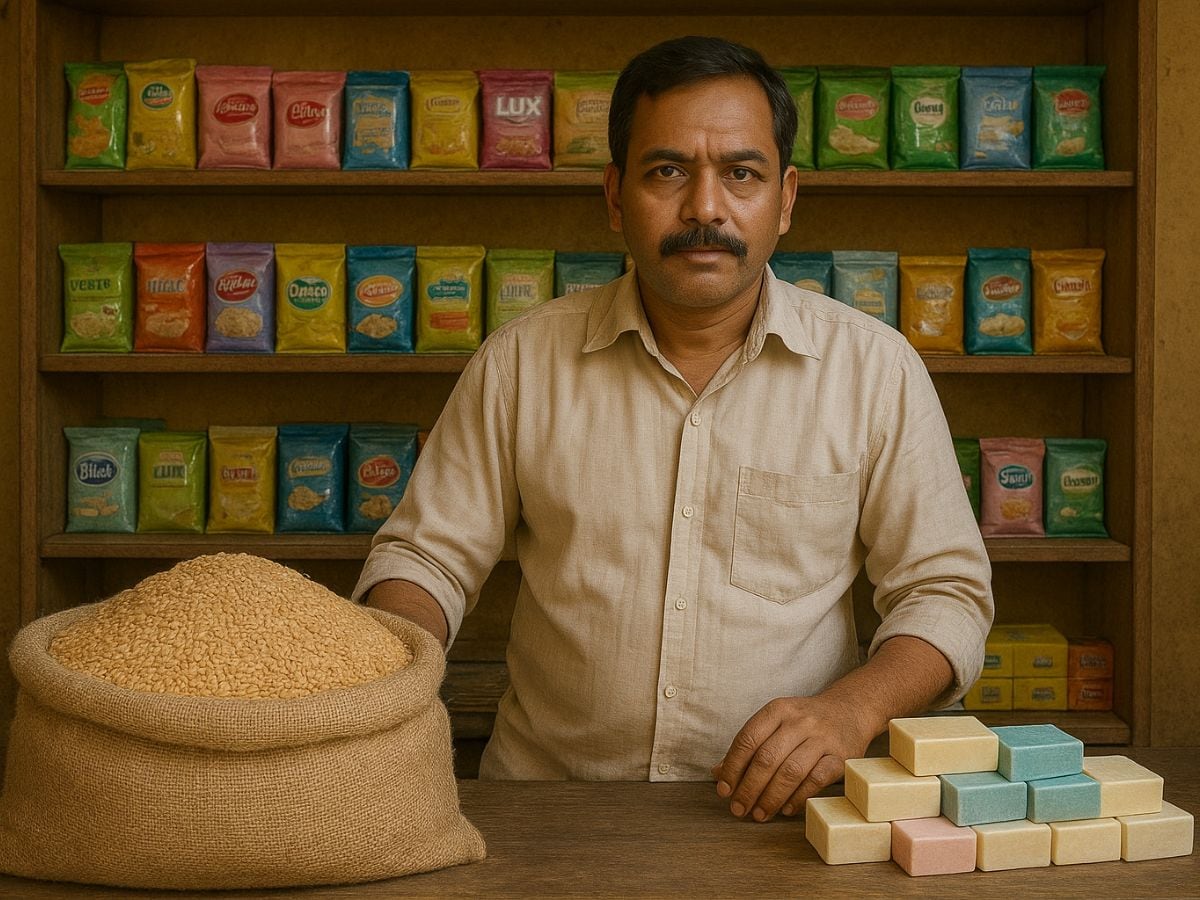
2-3 kgs of wheat could be bought for a single rupee. A bar of soap was often just a few annas. (News18 Hindi)
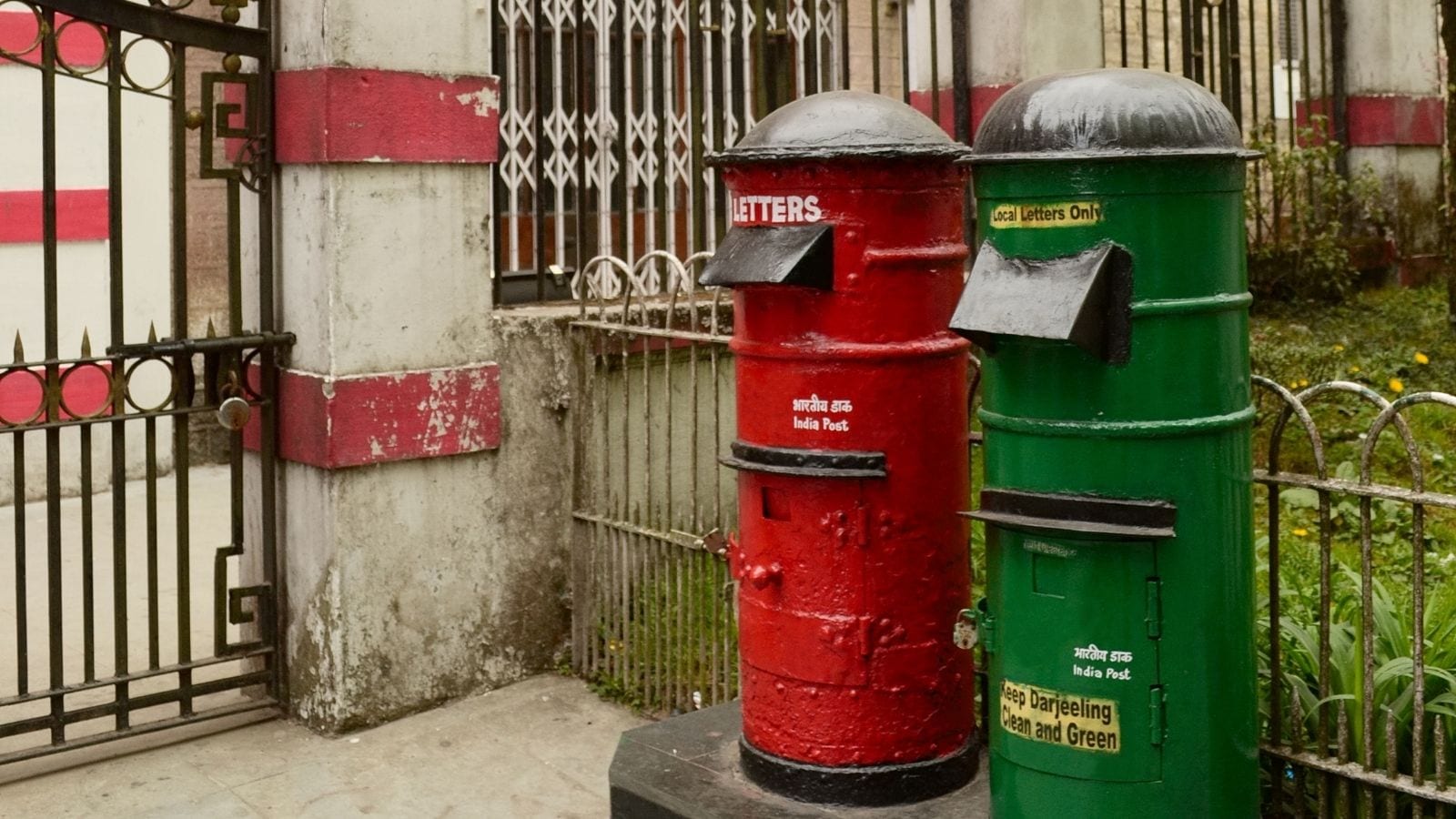
Postal services, too, were inexpensive - a postcard cost 6 paise, and an envelope could be mailed for 9 paise. (News18 Hindi)
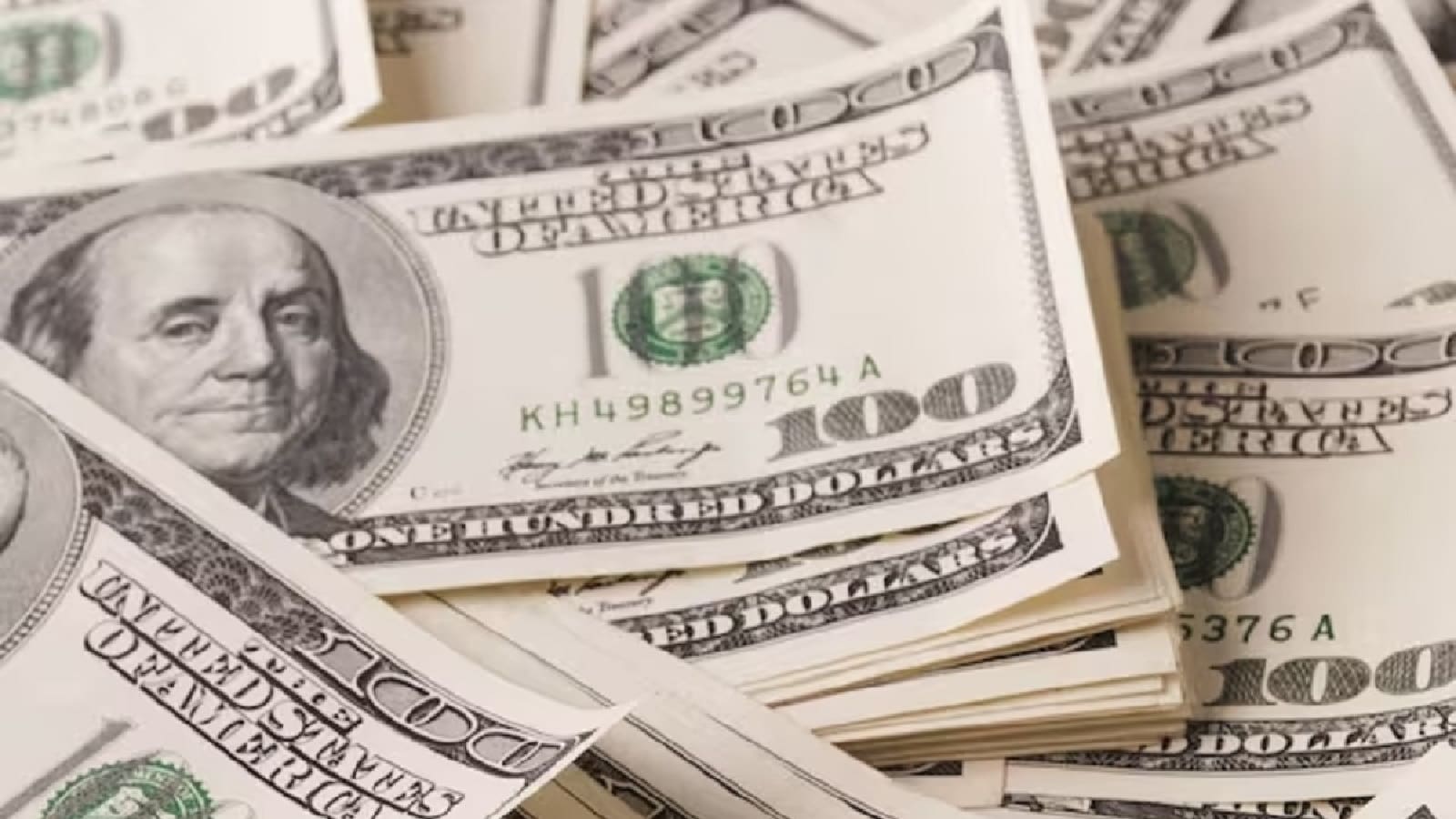
The exchange rate then was equally surprising. Till the mid-1920s, the Indian rupee was stronger than the US dollar. By 1947, one dollar equalled Rs 4.16; by 1965, it was Rs 4.75. (News18 Hindi)
News Photogallery india When Gold Was Rs 88 And Petrol 27 Paise: What Everyday Prices Looked Like In 1947



.png)
.png)
.png)
















 3 days ago
6
3 days ago
6



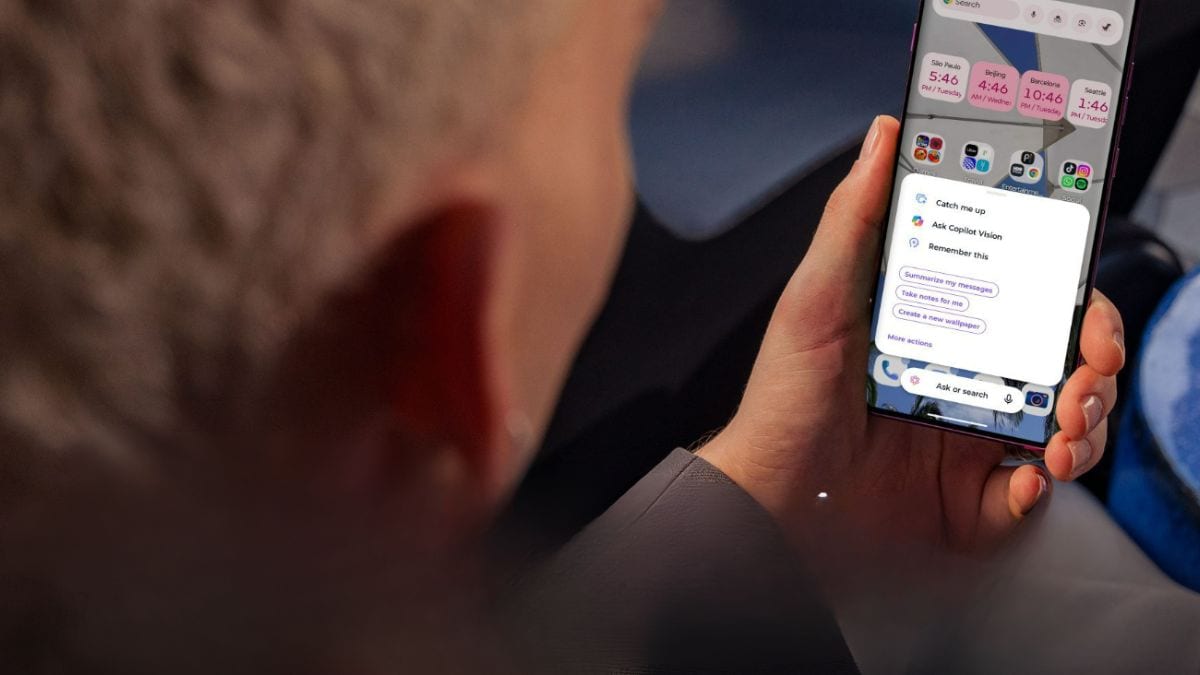

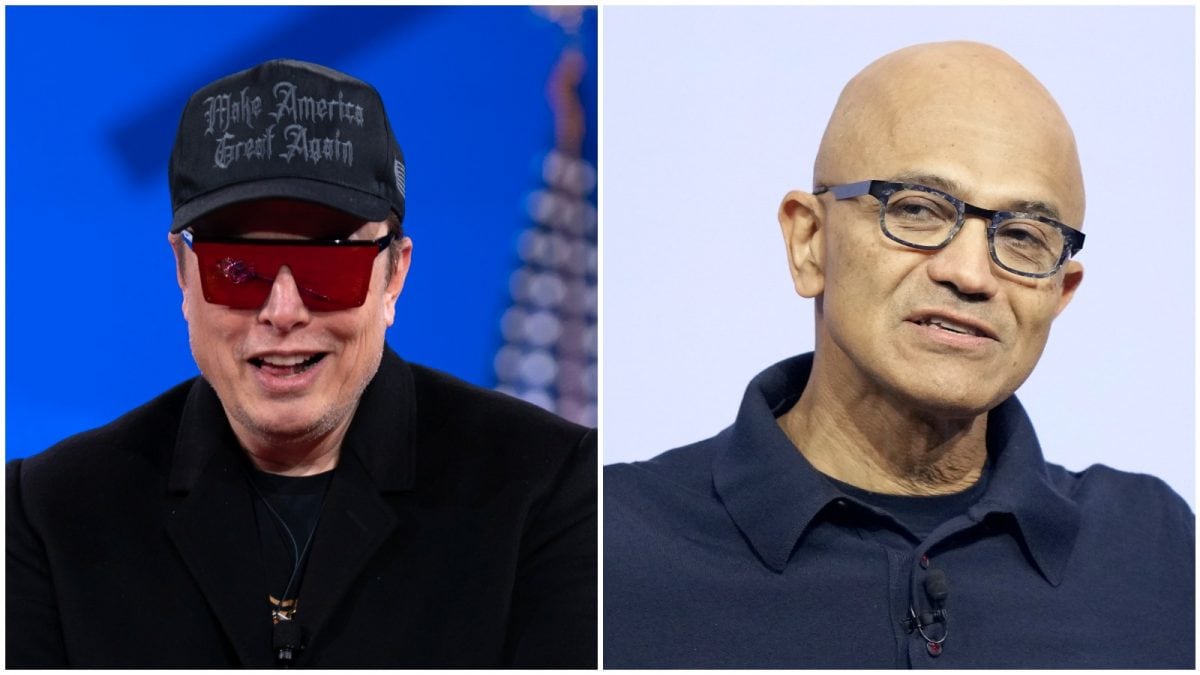
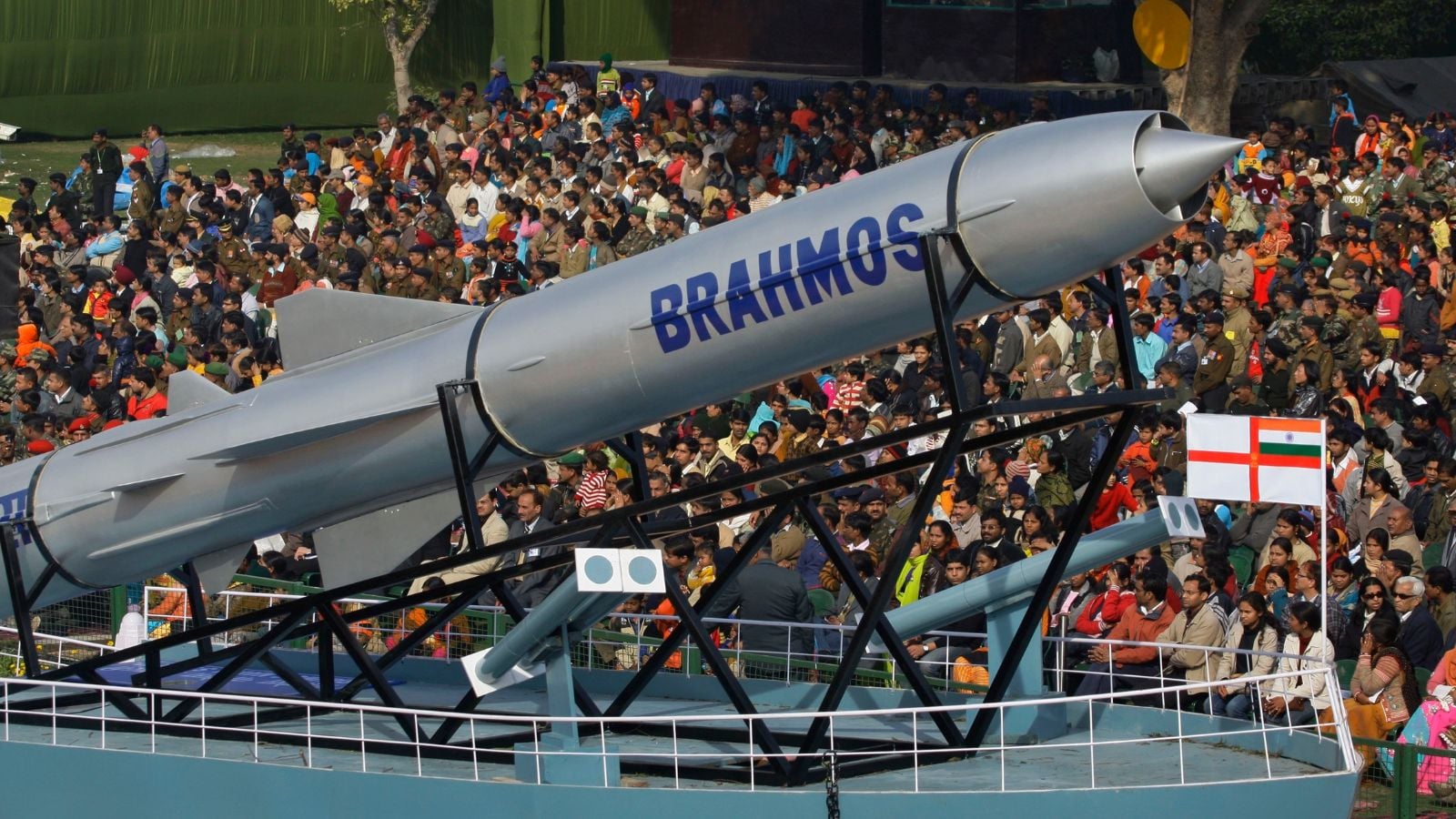
 English (US) ·
English (US) ·